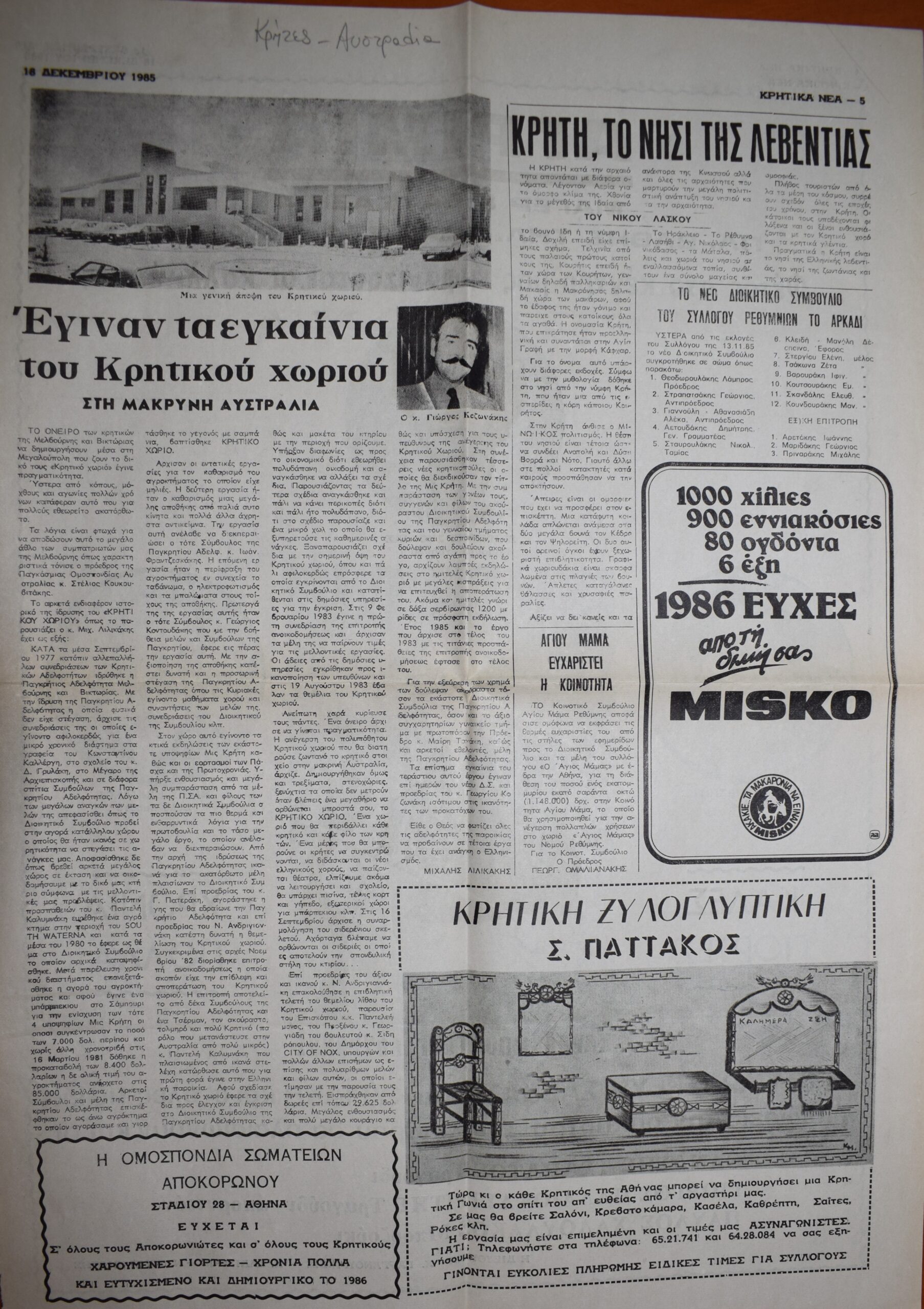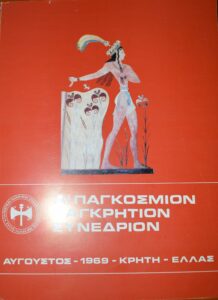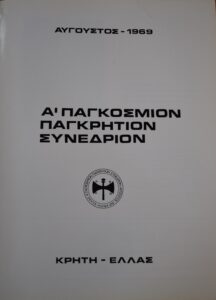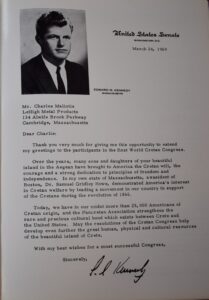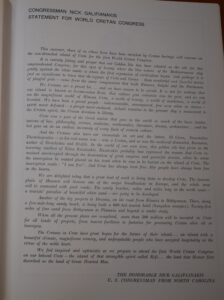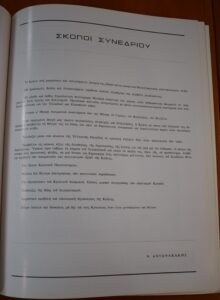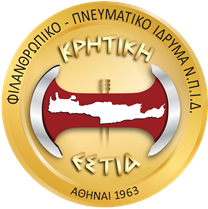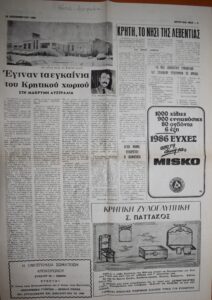Acts of solidarity between migrants and between migrants and their homeland
Full Description
People migrating away from their birthplace often sought to bolster their relationships with their compatriots and construct a collective identity. To a large extent, this was accomplished by becoming active in an association. Establishing associations was a common practice among postwar Cretan migrants and, to this day, there are more than 100 Cretan associations across the country – outside of Crete – and many more internationally.
Apart from the typical associations, there were also various communities which strengthened the bonds between Cretan migrants, such as temporary event planning committees, parish groups etc. Participation cultivated a sense of belonging to a community, while these groups fostered solidarity and mutual support practices among Cretan migrants. At the same time, the Cretans who had migrated abroad continued their prewar practice of financially supporting the Cretans who had remained on the island.
In other words, banding together, whether in the capital or abroad, proved advantageous for Cretans living both on and off the island. The following examples of these solidarity practices over the course of time highlight the expectations of the migrants, but also the usefulness of migrant communities for their members.
The year 1949 marked the signing of the contract for the construction of a hospital in Heraklion that would serve the entirety of the island, a stated goal of American Cretans since the Interwar. The four-party contract of 1949 was signed by the Pan-Cretan Association of America and four years later, the first wing of what would later become the Venizeleion Hospital of Heraklion was inaugurated.
The 1st International Pan-Cretan Conference took place in 1969, organised again by the Cretan migrants in the USA. The conference set several ambitious goals, among which were ‘the establishment of a Cretan University, the commissioning of a study for the creation of centres for the preservation of ancestral traditions, […] The promotion of tourism and the realisation of Crete’s economic potential’. Members of Congress were mobilised to support the conference.
In 1970, the Cretan Student Residence was established in Athens which to this day offers housing to Cretan students in the capital. According to the organisation’s history page, ‘what’s special about the construction and utilisation of these buildings is that they were funded mainly through donations by prominent members of the Cretan community in Athens who provided the organisation with endowments that would allow it to continue operating independently’.
In 1985, the Cretans of Melbourne established the Cretan Village. It was a building complex used for Greek lessons, sport activities, childcare, events, etc. ‘A village that will embrace every Cretan and every friend of the Cretans. A place where Cretans can gather, learn traditional Greek dances, and stage plays. Hopefully, soon it will operate as a school, there will be a swimming pool, a tennis court, a football field, as well as open spaces for barbecues etc.’.
Bibliography
Efi Avdela, ‘Collective Action and the Production of Public Sociality in Twentieth Century Greece’, in E. Avdela, H. Exertzoglou, Ch. Lyrintzis (eds.), Forms of Public Sociality in Twentieth-Century Greece, University of Crete, Rethymno 2015.
Paraskevi Kapoli, Internal migration to Athens, unpublished doctoral thesis, National and Kapodistrian University of Athens, Department of History and Archaeology, Athens 2014.
